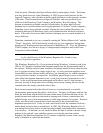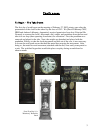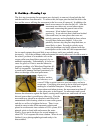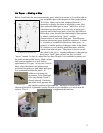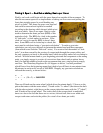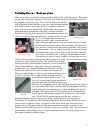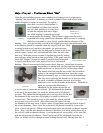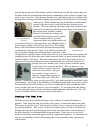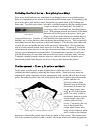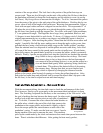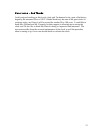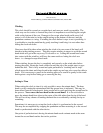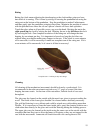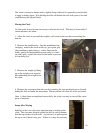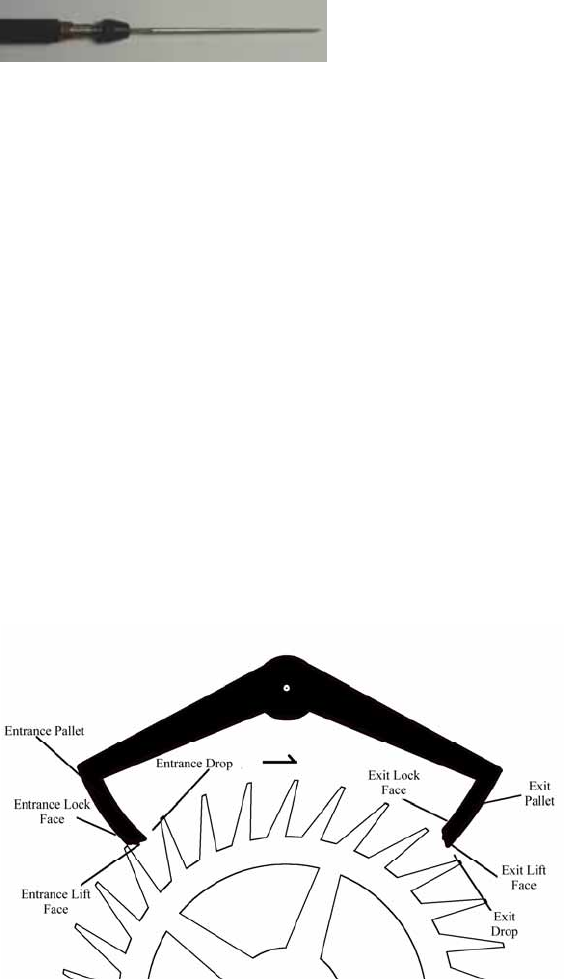
10
Polishing the Pivot Holes – Everything’s so Shiny!
Since most of the hard part was completed, I was happy to move on to polishing pivot
holes, as it meant the pivots would soon be in them and turning again. Unfortunately, the
pivot holes take a little while to clean, though they go much faster if the bushings are
done right. To polish a pivot hole, one takes a smooth broach just like the cutting broach
except not faceted, and “burnishes” the inside of
pivot holes with oil as though one were burnishing a
pivot. With enough pressure and rotation of the hand,
the holes will look as good as the pivots, but it gets
tiring to do all ten holes (which now include the two
escape pallet pivots). Actually, it’s only hard the first time one does it, and only if the
bushings are so loose that they come out during the polishing process. This is especially
unfortunate because then one must go back and rebush it. I was terribly glad when none
of mine fell out, and neither did any of the previously bushed holes. Having done this
with oil on the smooth broach, there was now oil in the holes. To remove it, I used the
xylene/mineral spirits mixture to rinse the movement and then used toothpicks to clean
out any extra contamination from the holes. If contamination is present, it could react
with the lubricating oils used later and cause the clock parts to become sticky and stop.
Toothpick cleaning averted a disaster, however, and in no time at all, the holes were
bushed and polished and the gears were free to be put back between the plates!
The Escapement – Theory, Practice, and Math
At this point, with the gears in their rightful places within the clock, it was time to
calibrate the time keeping by adjusting the escape pallets. Some necessary terms are:
entrance/exit pallet, entrance/exit drop, entrance/exit lock, and the lift/lock face of each
pallet. The entrance pallet is the side of the pallets that allows teeth to enter between the
pallets, and the exit
obviously releases them.
Entrance drop is defined by
the amount of distance the
escape wheel rotates after
being let off of the entrance
pallet. It is easily visible as
the distance between a tooth
and the inside edge of the
entrance pallet as lock
occurs. Conversely, the exit
drop is the distance the
escape wheel rotates after
being let off of the exit pallet
and is visible as the distance
between a tooth and the outside edge of the exit pallet as lock occurs. The entrance/exit
lock is the amount of pallet face that “catches” the escape wheel tooth when stopping the
Smooth Broach
A labeled diagram of a Graham deadbeat escapement



